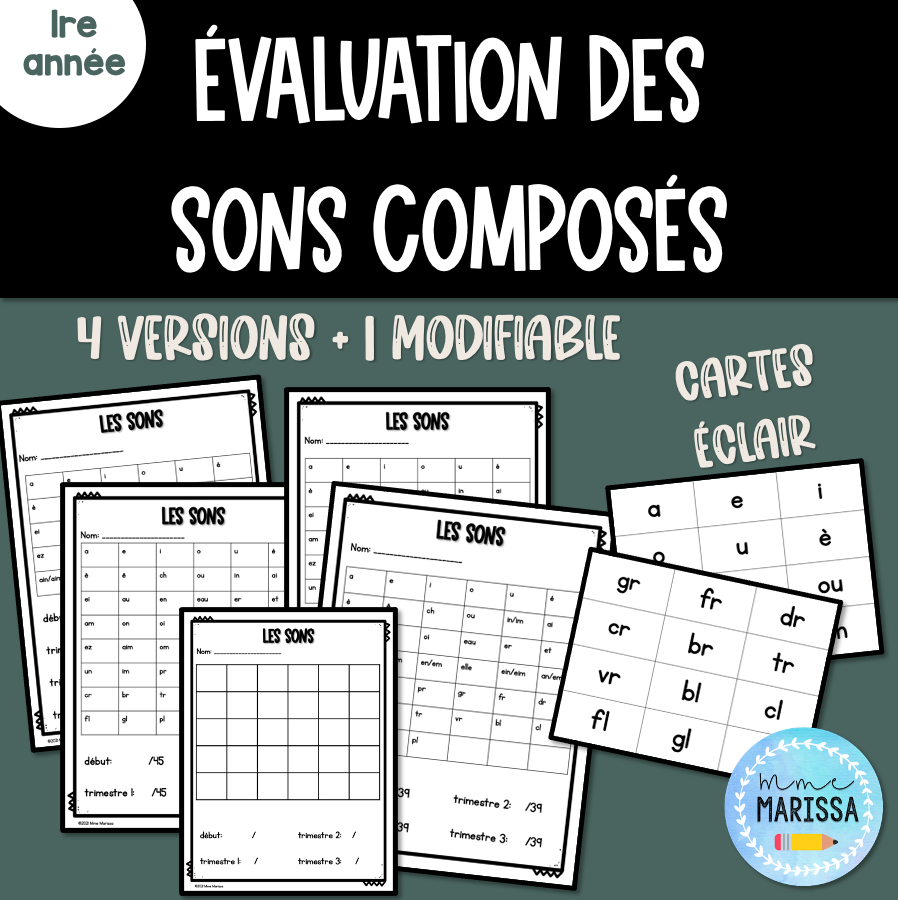Teaching les Sons Composés
A strong knowledge of les sons composés are ESSENTIAL to learning to read.
These sounds don’t really make sense phonetically and since many of our French learners are English speakers, we have to shift the pronunciation. Take for example, ch. That combination of letters also exists in English but it makes a very different sound. We are in a sense, retraining the brain to recognize a different sound.
By learning these sons composés well, reading becomes much easier, especially when it comes to decoding words. If you don’t know what sound ouille makes, it’s going to be awfully hard to decode a word like grenouille .
Ok, but how do they learn these sounds?
Well, as a 2/3 teacher I hope that my grade 1 and 2 colleagues have put in some work on some of the simpler ones. I expect my 2s to come in knowing most of the two to three letter ones and I’ll help them learn the more complex ones. I expect my 3s to be familiar with all of them and we’ll work on mastering them. We practice these sounds every single day so that they can identify them with no hesitancy.
Here’s a few things we do to practice:
Poems - featured sounds that get repeated throughout, also great for vocab
Dictée - we focus on one sound per week and all our words contain that sound
Phrase du jour - within our sentence, we find all the sons composés
Phonics work - it’s old fashioned but it works!
During writing - when students need help spelling a word, I’ll help them sound it out by saying “eau de seau” or “é de bébé”
Flash cards - during our morning routine, my ami du jour picks 5 flashcards and leads the chant for the rest of the group
The chant:
ex: e-a-u fait “eau” de seau/e-t-t-e fait “ette” de lunettes
But what about the ones that are not on the sound wall?
There are some like em , om or am that are not included on the wall. This is because they have a rule to make them sound like their “n” counterparts. They have to be before a p or a b. This is a rule that I teach my students and we learn them at the same time as the “n” version.
Need FREE sound evaluations?
*please note: some images in the free download are not the same as mine. I didn’t originally have licences to use it outside my class so I had to change it a bit. The words and sounds are all the same, just different graphics for some of them.




